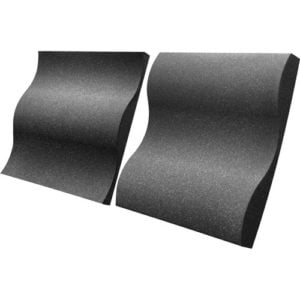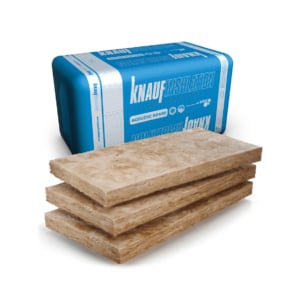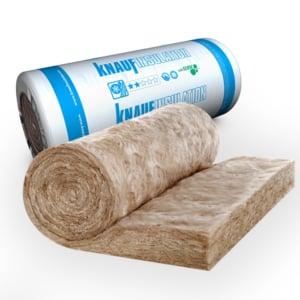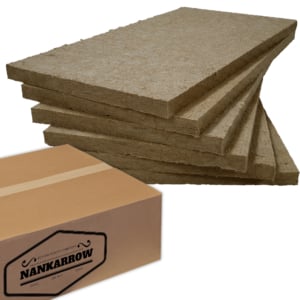Sound absorption in our person listening, home theater, and professional recording studios is a popular method to control unwanted room wall and ceiling reflections. Too many reflections confuse our ears and brain. We don’t know where to localize or focus all our attention to. We want to hear the direct energy of our loudspeakers first, before we hear any room reflections. The direct sound contains all the music without the room sound which occurs because of too many room boundary reflections. We must slow down those unwanted reflections from the walls and ceiling , so they reach our ears after the direct energy from our loudspeakers.
Once we absorb energy or room reflections to control them, we change their energy form from electromechanical to heat. This energy transformation is caused by the absorbing material we use to absorb excess energy. Once we change the sound energy from our loudspeakers to heat through sound absorption, we have lost that amount of sound energy. Losing sound energy to control room reflections through the use of sound absorption techniques is a process that must be carefully thought out. Once sound energy is converted to heat, it is lost forever and can never be reclaimed. A balance between sound absorption and sound diffusion is a better approach than using too much sound absorption material.
We all have been in rooms that have used too much sound absorption. The room has no reverberation or air to the sound in the room. Individuals state that the room sounds dead. This is caused by too much sound absorption material placed in the wrong positions. When you over absorb the middle and high frequencies in our musical presentations, you take the real world sound away because all sounds we hear, have some balance between direct and reflected sound no matter the sound source.
-
 Nankarrow NeoCurve™ Cinema Acoustic Foam Panel – Set of 2Product on sale₹1,600.00 incl GST
Nankarrow NeoCurve™ Cinema Acoustic Foam Panel – Set of 2Product on sale₹1,600.00 incl GST -
 Knauf Acoustic Slab Ultimate 6 pcs 4ft x 2ft Insulation Slabs – 50mmProduct on sale₹6,490.00 incl GST
Knauf Acoustic Slab Ultimate 6 pcs 4ft x 2ft Insulation Slabs – 50mmProduct on sale₹6,490.00 incl GST -
 Knauf ECOSE™ 50mm Acoustic Glass Wool Roll – Eco FriendlyProduct on sale₹11,440.00 incl GST
Knauf ECOSE™ 50mm Acoustic Glass Wool Roll – Eco FriendlyProduct on sale₹11,440.00 incl GST -
 Nankarrow GeoWool™ Premium Rockwool Slab Acoustic PanelsProduct on sale₹5,280.00 – ₹6,380.00 incl GST
Nankarrow GeoWool™ Premium Rockwool Slab Acoustic PanelsProduct on sale₹5,280.00 – ₹6,380.00 incl GST
